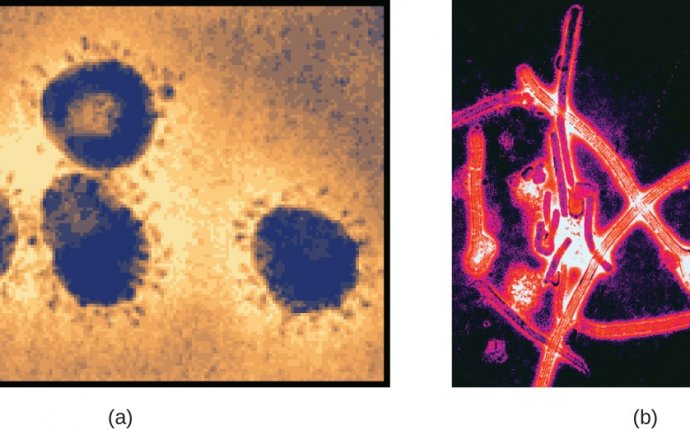
Groups of Micro Organism
A. INTRODUCTION TO MICROBIOLOGY
Fundamental Statements for this Learning Object:
1. Microorganisms are typically too small to be seen with the naked eye.
2. Bacteria, fungi, viruses, protozoa, and algae are the major groups of microorganisms.
3. The vast majority of microorganisms are not harmful but rather beneficial.
4. Microbiota refers to all of the microorganisms that live in a particular environment.
5. A microbiome is the entire collection of genes found in all of the microbes associated with a particular host.
6. The microbiome of the human body - especially in the intestinal tract - aid in the digestion of many foods, the regulation of multiple host metabolic pathways, and the regulation the body's immune defenses.
Basic Groups of Microbes
Microorganisms are the dominant life forms on earth, are found in almost every conceivable environment, and are essential to sustaining life on this planet. There are 5 basic groups of microorganisms:
a. Bacteria
Bacteria are typically unicellular, microscopic, prokaryotic organisms that reproduce by binary fission (see Fig. 1 and Fig.2).
b. Fungi: yeasts and molds
Yeasts are typically unicellular, microscopic, eukaryotic fungi that reproduce asexually by budding (see Fig. 3 and Fig. 4).
Molds are typically filamentous, eukaryotic fungi that reproduce by producing asexual reproductive spores (see Fig. 5 and Fig. 6)
c. Viruses
Viruses are typically submicroscopic, acellular infectious particles that can only replicate inside a living host cell. The vast majority of viruses possess either DNA or RNA but not both (see Fig. 7 and Fig. 8).
d. Protozoa
Protozoa are typically unicellular, microscopic, eukaryotic organisms that lack a cell wall (see Fig. 9 and Fig. 10).
e. Algae
Algae are typically eukaryotic microorganisms that carry out photosynthesis (see Fig 11 and Fig. 12).
To get us started on our introduction of microorganisms we will go through the following Think-Pair-Share Questions.



